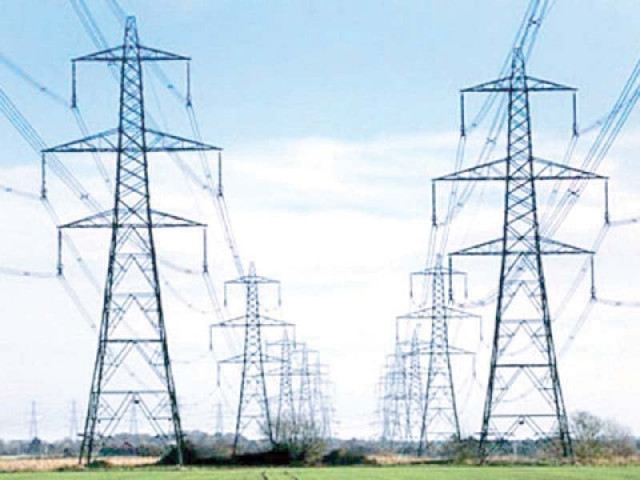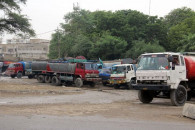NTDC lays out 10-year ambitious investment plans
NEPRA seeks stakeholders’ suggestions on them

The National Transmission and Despatch Company (NTDC) has prepared 10-year plans with a massive investment for upgrading the power generation and distribution system.
The NTDC has submitted the Integrated Generation Capacity Expansion Plan (IGCEP) and Transmission System Expansion Plan (TSEP) to the National Electric Power Regulatory Authority (Nepra).
Nepra has sought suggestions from the stakeholders on the plans.
They outline a strategy to address Pakistan's future energy needs until 2034.
The estimated investment for the power generation and transmission plans comes to around $72 billion.
Documents show that an investment of $64 billion has been calculated for 10-year power generation projects.
Similarly, an investment of $8.70 billion has been estimated for power transmission projects for 10 years.
The cost of ongoing power transmission projects has been estimated at $3.2 billion.
Likewise, the cost of new power transmission projects has been calculated at $5.5 billion.
According to the plan, the renewable energy is likely to increase by around 46% in 10 years.
The demand for power is projected at 3.5% to 6% of the GDP growth.
The IGCEP reads that it is the culmination of a comprehensive study, leveraging sophisticated statistical and computational methodologies. It comprises two primary phases: load forecasting and generation capacity expansion, with a focus on dispatch optimisation.
Key highlights of the plan include a significant emphasis on renewable energy sources, particularly wind and solar PV, to reduce reliance on imported fuels including coal and RLNG.
Utilising cutting-edge generation planning software – PLEXOS -- the plan integrates existing and future power projects, policy frameworks, contractual obligations, and natural resource allocations.
Sensitivity analyses have been conducted to assess different demand scenarios and potential project delays.
The plan also ensures sufficient capacity from various sources to meet hourly demand fluctuations, including intermittent renewable resources.
The IGCEP also advocates for structural reforms in the power sector, promoting distributed generation and local manufacturing of renewable energy technologies.
It highlights the importance of data accessibility and targets for demand-side management and distributed generation.
To ensure cost-effectiveness, the plan stipulates that project costs approved by Nepra must align with those considered in the IGCEP.
However, the selection of projects in the plan does not guarantee immediate execution, as they require approval from the relevant government authorities.



















COMMENTS
Comments are moderated and generally will be posted if they are on-topic and not abusive.
For more information, please see our Comments FAQ